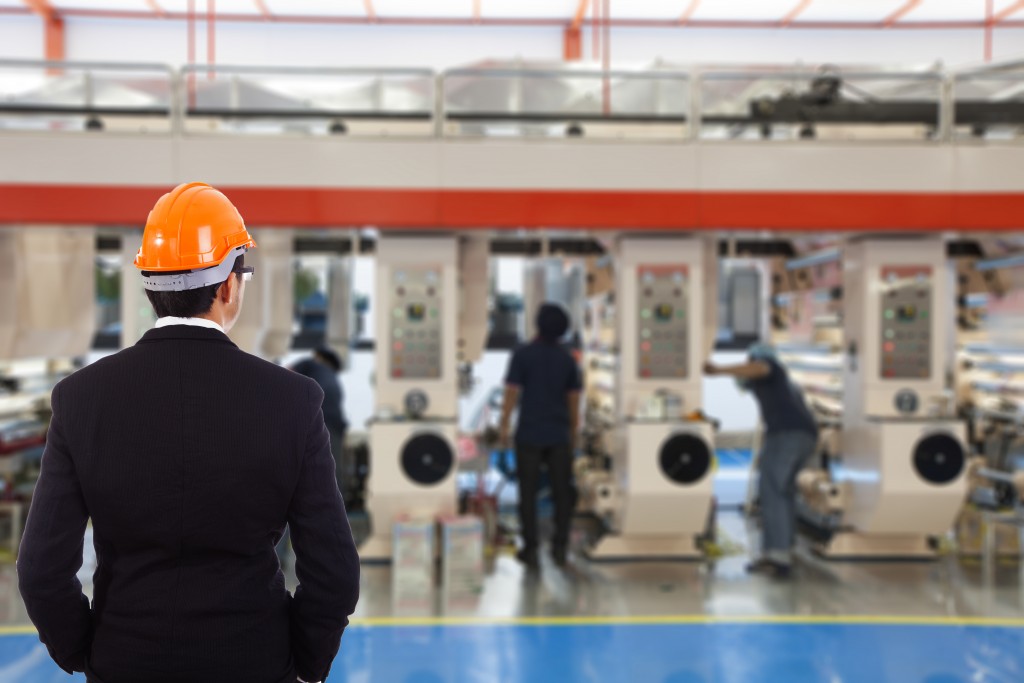In today’s digital age, innovation has been permeating all facts of everyone’s lives, and manufacturing is one of the most vivid examples of exemplary industrial breakthroughs—introducing industry 4.0. It presupposes the integration of manufacturing automation and data exchange, encouraging innovations and smart factories. There’s no doubt that the way factories operate is continually changing, leaving significant manufacturing industry footprints.
That said, here are six manufacturing innovation trends driving the shift towards smarter and functional factories.
Virtual Manufacturing
In most manufacturing processes or operations, being able to do something to the most accurate detail the first time is ideal. That’s because precisely knowing what the outcome will be depending on your decisions can reduce wasted time and resources—and this is now possible thanks to virtual manufacturing. The approach allows factories to manufacture products virtually, where workers can perform their manufacturing operations and processes digitally, with each step done visually in an almost animated process.
For instance, creating chilled water buffer tanks is very complicated, and mistakes are inevitable. Using virtual manufacturing can make the process more manageable, allowing workers to detect any issues fast. In essence, this innovation trend will enable employees to understand how the procedure will go before the products’ physical production occurs. Virtual manufacturing is already being used in several industries, including automotive manufacturing. It allows manufacturers to save money, speed up operations, and simplify the processes, enabling them to get products to the market much faster than ever before.
Micromanufacturing and Machine Vision Error Detections
Micromanufacturing is when factories make tiny components using different devices, such as cutting-edge mechanical equipment allowing doctors to treat patients without placing them under invasive surgery. As technology advances, with gadgets becoming more lightweight and mobile, the micro molding process has become an essential method for creating the internal machinery designers use when creating their goods.
Additionally, new technologies in micromanufacturing allow factories to see faults in the production operations more convenient and manageable, enabling them to make the necessary adjustments—fast. For instance, Landing.AI has introduced smart technologies that can help factories detect the tiniest of errors in the circuitry of most machines that may not be apparent to a human.
Industrial Robotics
Because of technology advancements, industrial robots are highly sophisticated, boasting the ability to be easily programmed to handle more than a single and repetitive job. A great example of this manufacturing trend is General Motors’ use of a mechanical glove created by NASA made for factory workers. These reduce the strain on employees’ arms and provide them with better grip when carrying heavy items—making their jobs easier.
Although fully robotic workers are becoming more common in recent years, human workers will likely begin wearing mechanical implements, such as the glove mentioned, streamlining operations—keeping the robotics trend going and saving human jobs.
Fully Automated Warehouses and ‘Smart’ Recycling

Automated warehouses are staffed by a team of robots that do humans’ everyday labor work, ranging from emptying, transporting to replacing product batches. Once the robots have selected and transported products to a ‘picking station,’ the products then get prepared for shipping by other robotics and human workers. A famous example of this is Apple’s recycling robot Daisy, where it strips apart iPhones, allowing the items to get rescued.
3D Printing
Printing in manufacturing pertains to a tangible object made from an alloy or plastic following a 3D image imported into the printing machine. It’s changing the importance of manufacturing and shortening production time. Both consumers and manufacturers will benefit from this innovation trend, improving people’s health and longevity, making communication easier and operations simplified.
One of the most revolutionary 3D printing innovations is MX3D’s six-axis robot arm, which allows manufacturers to print and create complex metalwork in mid-air at any angle. It not only improves the speed of production but also enhances their overall structural integrity.
Exoskeletons For Employees
Full-body exoskeletons are wearable gadgets designed to protect employees and improve their strength. It’s the perfect solution between an all-robot staff and keeping human jobs, giving human workers the benefit of increased strength and stability to perform better. An example of this is the ‘Ekso vest,’ solely designed for factory workers, allowing employees to conserve their physical energies while enabling them to lift weights beyond their actual capabilities.
People live in an era of constant transformations, and the ability to be agile and flexible is one of the crucial qualities for success. Product and process innovations have been altering manufacturing for years—and the trends mentioned only indicate that bigger things will be happening in the sector, ensuring smoother, profitable, and smarter factory operations.





